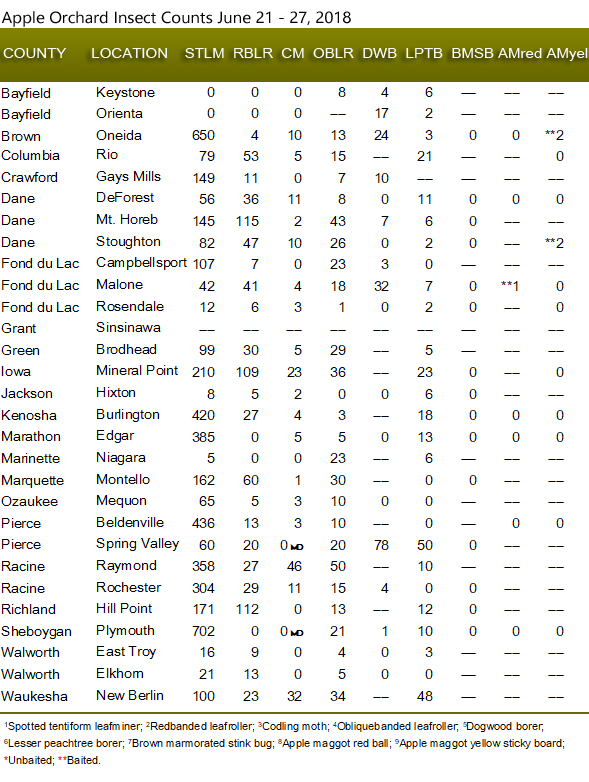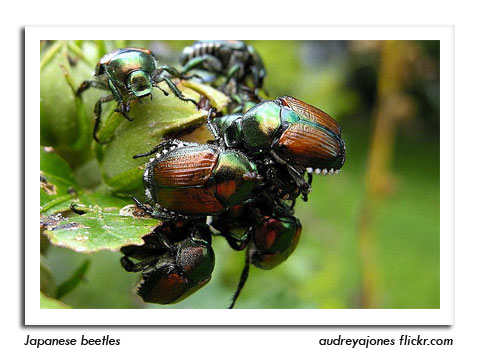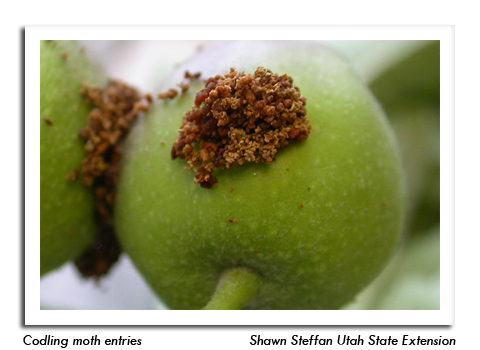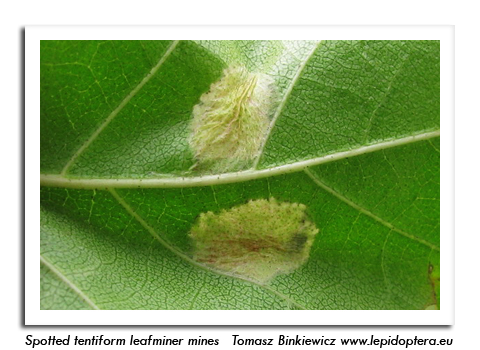
 |
|
|
Fruits
Volume 63 Number 9 Date 06/28/2018 SPOTTED WING DROSOPHILA - A national team of researchers lead by the University of Georgia has released a new guide to organic management of spotted wing drosophila (SWD). The guide details information on non-chemical and insecticide approaches to protect berry crops against this invasive fly. Controlling SWD is particularly challenging, requiring a rigorous, persistent and diverse management plan. The guide provides several management recommendations and suggests using as many control techniques as possible to reduce SWD infestation. Funding for the research was provided by the USDA National Institute of Food and Agriculture's Organic Agriculture Research and Extension Initiative (OREI). Download the guide in PDF form here, http://www.ipm.msu.edu/uploads/files/SWD/SWDOrganicBerryCrops.PDF. -- Peter Werts, IPM Institute of North America JAPANESE BEETLE - Numbers are increasing in fruit and field crops over much of the state. Neem-based products that contain azadirachtin (e.g., BioNeem) are still effective in northern and central locations where beetle populations are low and the first adults are just starting to move into vineyards and orchards. These materials can be used to deter beetles for 3-4 days before reapplication is needed. Products sold as "neem oil" that do not list the ingredient azadirachtin on the label are not effective against Japanese beetle. CODLING MOTH - The first flight is expected to decline soon. The weekly average count based on reports from 26 orchards was 6.5 moths per trap, which is comparable to seven per trap last week. Fourteen of the cooperating sites had economic counts of 5-37 moths. Apple growers should continue to monitor degree days and trap captures until 700 degree days (base 50°F) have accumulated from the spring biofix, to determine if late flights require treatment. Orchards near Janesville, La Crosse and Madison have accumulated about 650-750 degree days since May 20-26 when the biofix was recorded at a few warmer southern sites. SAN JOSE SCALE - First-generation nymphs or crawlers began emerging in southern Wisconsin orchards 2-3 weeks ago, and have now settled onto the fruits and leaves. Continued sampling by taping scaffold branches is advised to confirm that nymph activity is complete. Neonicotinoids, insect growth regulators or other materials directed against mobile crawlers are ineffective once the scales have begun to secrete their waxy covering. SPOTTED TENTIFORM LEAFMINER - Moths of the second flight are appearing in greater numbers, with pheromone trap counts ranging as high as 702 per trap and averaging 178 per trap. This is up markedly from last week's average of 66 per trap, which was low for this pest. Peak moth activity should occur by early July across southern and central Wisconsin and a week or two later in the southeastern, east-central and northern areas. Apple orchards with populations exceeding one mine per leaf or a history of STLM damage are candidates for control of second-generation larvae. -- Krista Hamilton, DATCP Entomologist 





|
|
|